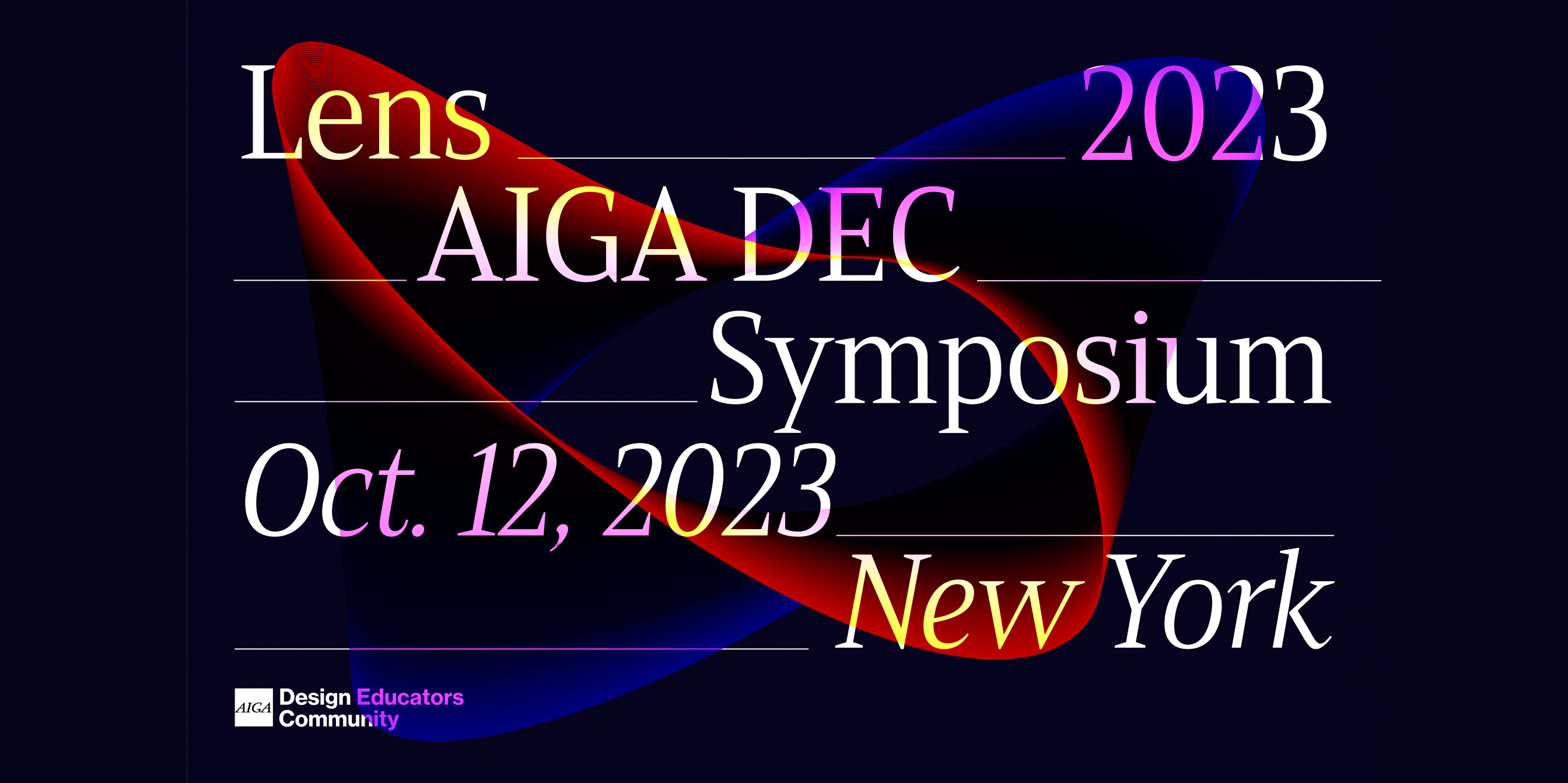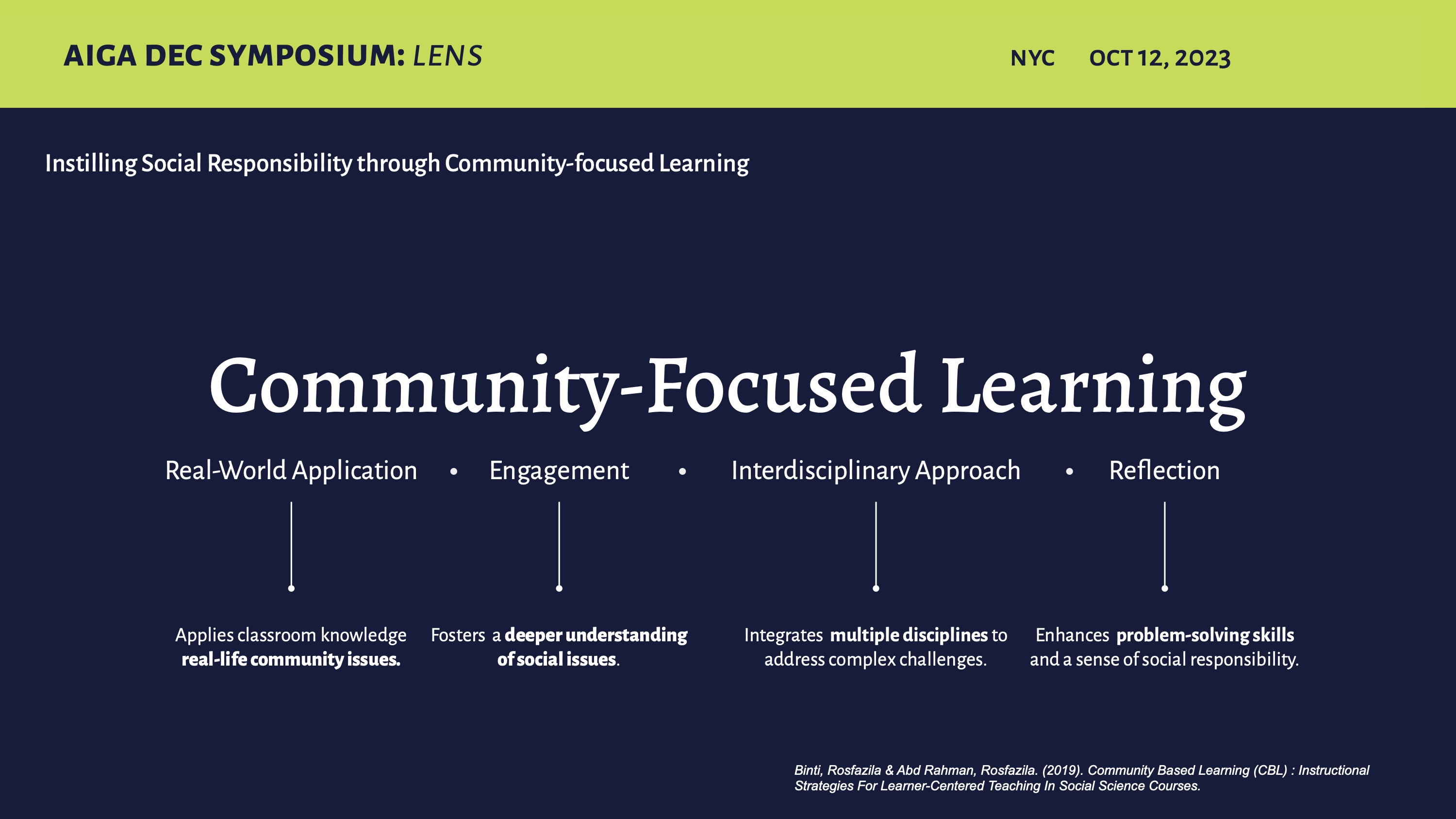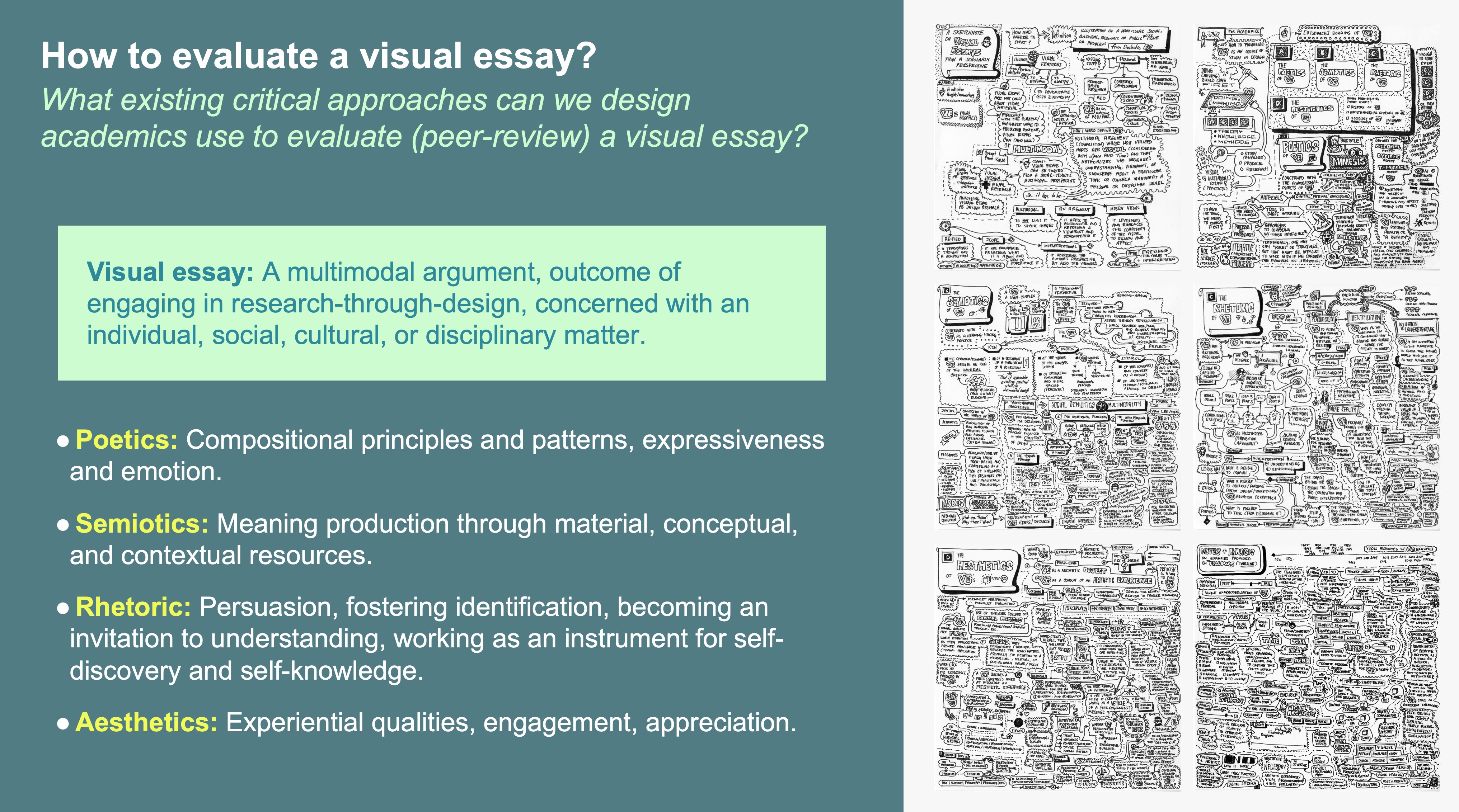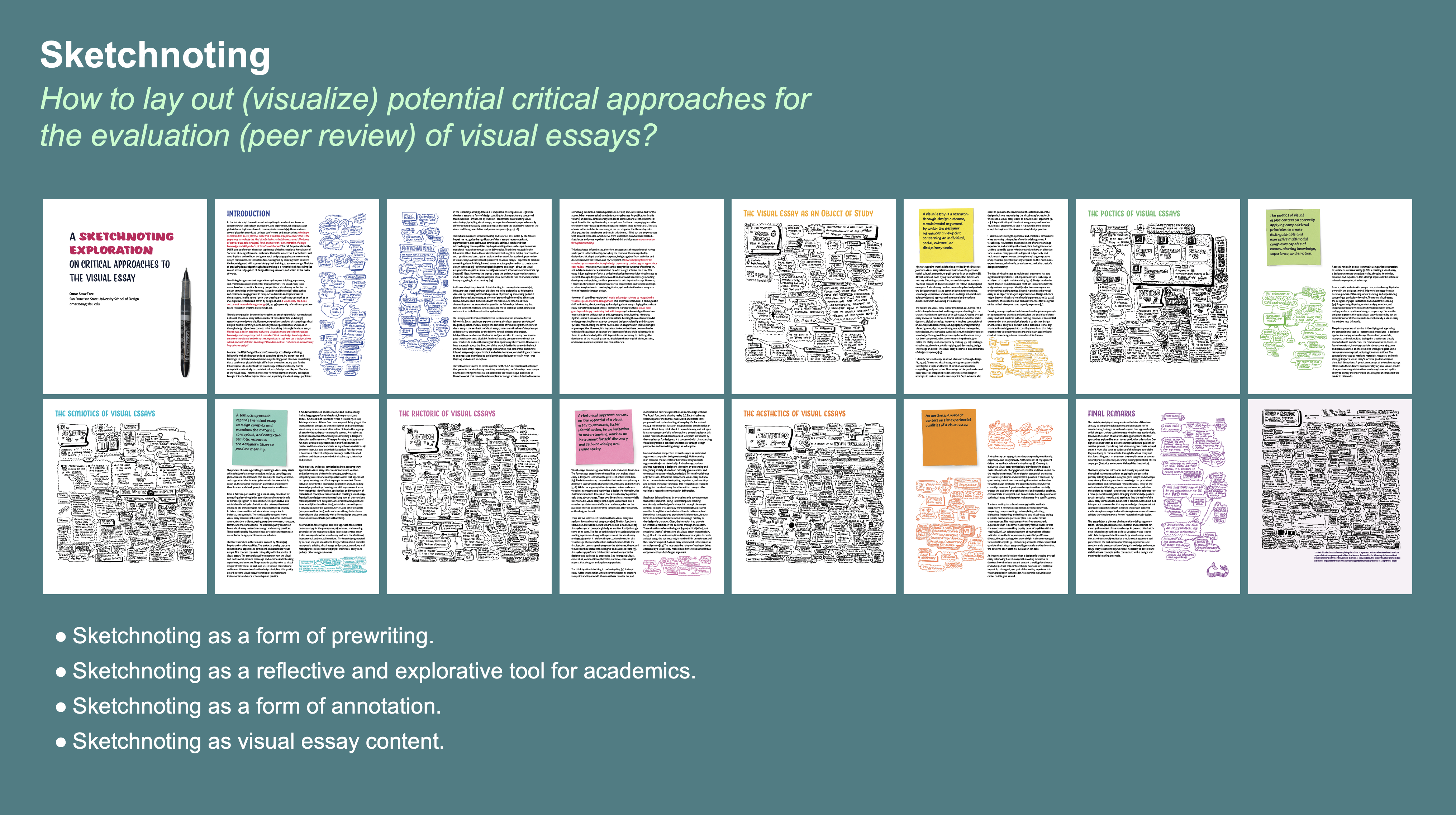Prof. Hsiao-Yun Chu completes Mellon research fellowship at Library Company of Philadelphia
Prof. Hsiao-Yun Chu has completed a short term research fellowship at the Library Company of Philadelphia, America's oldest cultural institution. Her research focuses on women designers of the late 19th and early 20th centuries. "The Library Company's collections for early American history are without par," notes Dr. Chu. "The primary resources preserved here, both printed and visual materials, have been essential to my work. The staff members have been extremely helpful in making my visits pleasant and productive." Dr. Chu further notes Philadelphia's wealth of cultural institutions including museums and libraries which she has also benefited from.
The Library Company was founded by Benjamin Franklin in 1731 as a subscription-based lending library. It continues to operate as a research and cultural institution, with exhibitions, public events and lectures, and a reading room for researchers. For more information, see https://librarycompany.org/





